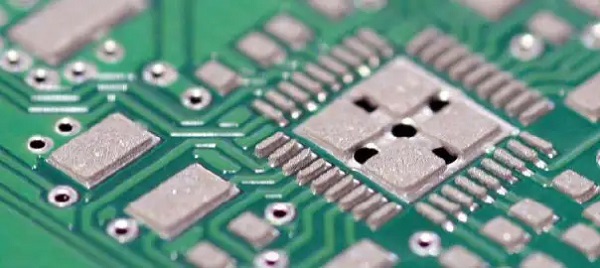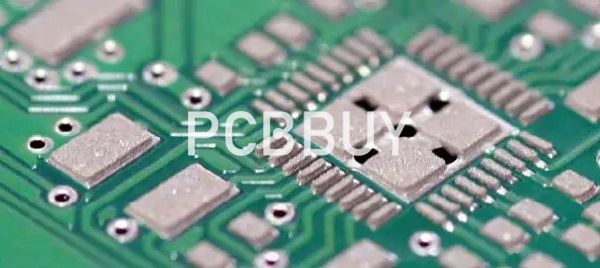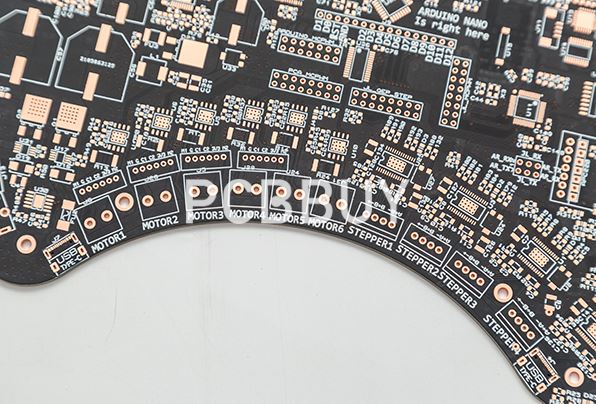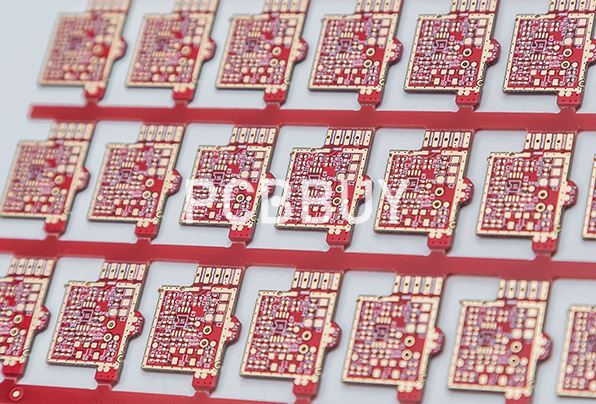What is Solder Paste in PCB with 7 Important Factors?
By:PCBBUY 04/09/2022 10:16

Solder paste is a combination of a powder made up of metal solder particles and sticky flux that has the consistency of putty. The flux not only does its usual job of cleaning the soldering surfaces of impurities and oxidation, but it also provides a temporary adhesive that holds the surface mount components in place. The solder powder used in the paste can vary in its chemical composition with different material types and percentages used depending on the needs of the board being soldered.
In this passage, please check and read the content below for more information about solder paste in PCB. If you are going to learn professional knowledge of solder paste in PCB.

What is the history of solder paste in PCB?
During the earlier days of PCBs, components were hand soldered directly onto the board. The process was good initially and went on for a while until demands for PCBs increased with changes in the electronic market.
To scale up production, engineers discarded the hand soldering method and went for wave soldering instead. The wave soldering process used molten solder to hold the components in place.
With electronic innovations speeding up, surface mount parts replaced the old thru-hole components of the PCB. Their absence of long leads demanded a new type of soldering. Liquid solder no longer proved useful. Thus, entered solder paste into the mix.
What are the main types of solder paste in PCB?
Solder is a kind of fusible metal with a lower melting point than the metal being soldered and also has specific compression capabilities with good conductivity and fast crystallization rate. When the solder melts, it can wet the metal’s surface being soldered and form the alloy layer to connect the metal. It is widely used in electronic product mounting.
Solder has various categories. According to the melting point, solder can be divided into soft solder and hard solder. And the differences in composition make solder have several solder types: tin-lead solder, silver solder, copper solder, and so on. But in solder paste printing, PCB manufacturers usually use the tin-lead solder.
Tin-lead solder is the most popular in solder paste printing, and it is mainly composed of tin and lead, with some trace metal elements like Sb. Tin-lead solder is widely used in radiators and soldering of the electronic industry, and waving soldering dip and soldering in other sectors. One of the best tin-lead solders is named eutectic solder with 61.9% tin and 38.1% lead, enabling it to melt at a specific temperature but not in a temperature range. Besides, it has the lowest melting point to turn into a liquid from a solid.

Solder can also be categorized according to the type of flux used:
· Rosin based solder pastes: Rosin based pastes are made of rosin, a natural extract from pine trees. These fluxes can be cleaned if required after the soldering process using a solvent (potentially including chlorofluorocarbons).
· Water soluble flux based solder pastes: Water-soluble fluxes are made up of organic materials and glycol bases. There is a wide variety of cleaning agents for these fluxes.
· No clean solder paste: A no-clean flux is made with resins and various levels of solid residues. No-clean pastes save not only cleaning costs, but also capital expenditures and floor space. Although the no-clean flux based solder pastes sound attractive, they need a very clean assembly environment and may need an inert reflow.
How to use solder paste in PCB?
Whether you are using the solder paste in mass PCB assembly or prototype PCB assembly, you have to follow certain steps precisely. First, you have to apply the solder paste on the circuit boards. While doing this, you have to make sure that you are applying only to the areas where you will be soldering. There are different methods to achieve this. We have listed two of the most popular methods to apply solder,
Using Stencil
The first method is by using a stencil. The stencil allows you to apply solder paste only in the areas you want. Place the stencil over the board and apply the solder paste through this. You have to make sure that you apply the required amount of solder paste. If you apply too little, the joints will not be strong and break easily. On the other hand, if you apply too much, the joints will become too large. Besides, it will lead to the possibility of shorts between adjacent pads.
What are the applications of solder paste in PCB?
Electronic components were first hand soldered onto circuit boards until the wave soldering process was perfected for the mass production of PCBs. Next came the development of surface mount parts which were smaller than their thru-hole counterparts due to their lack of long leads, and eventually they became the dominant component package type used on circuit boards. The lack of thru-hole pins in surface mount parts, however, forced the development of a new method of soldering in order to hold them in place on the board until the soldering was complete. This new process is known as solder reflow, and it doesn’t use the standard pool of molten solder that the wave process uses. Instead, a sticky solder paste is used to hold the parts in place and solder them as well.

What are the differences between solder mask and solder paste?
1. There is no solder mask ink for the openings on solder mask, however, paste is on the openings of solder paste.
2. Solder mask is the part of PCB, but the solder paste is not, as solder paste is only for the SMT stencil.
3. Solder mask is used for solder mask ink, while solder paste is used for paste.
4. Solder mask is applied as fabricating your circuit board, however, solder paste is used for SMT PCB assembly.
5. There are so many available colors for solder mask, while solder paste is usually gray.
Industry Category











